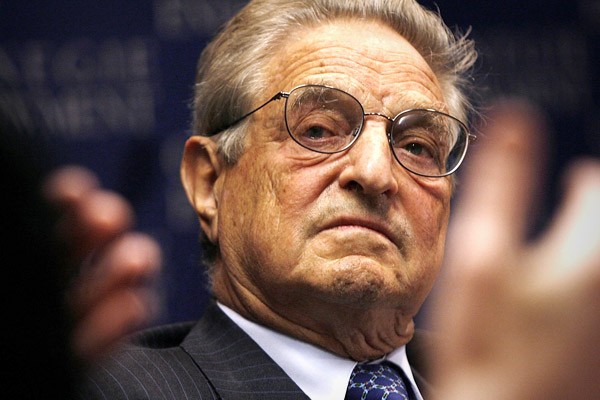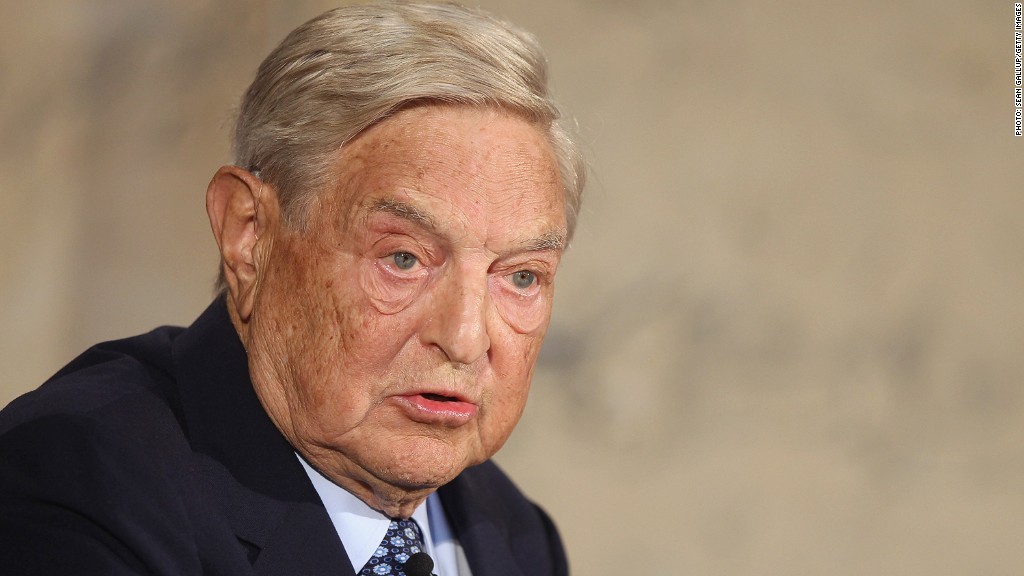The NotSoSecret Way to Invest Like George Soros
Post on: 20 Апрель, 2015 No Comment

George Soros is one of the worlds greatest investors, and he has made exactly how he invests public knowledge. In The Alchemy of Finance. first published in 1987, Soros wrote, Most of what I know is in the book. I have not kept anything deliberately hidden.
Soros also acknowledges that he has written a difficult, dense book. It requires study to understand, but it is well worth the effort. Soros investment philosophy is based on the theory of reflexivity.
Conventional economic theory assumes that investors are rational and markets are efficient. An efficient market incorporates all of the information available about an investment, and the investment is priced at equilibrium, which is the point where supply and demand are equal.
The theory of reflexivity says that investors are rational sometimes and irrational at others, thus market prices move in and out of equilibrium to reflect the current degree of rationality. Soros also noted that market prices have an impact on what investors believe and that investor beliefs influence prices. In other words, beliefs are reflected in prices and prices in turn reflect beliefs.
So far, we can see that Soros is at least right when he said his ideas are difficult to understand.
Before turning to the markets, lets look at an example from economics. Some analysts believe an obscure indicator, the Baltic Dry Index, can be used to forecast the pace of global economic activity. This index is based on the cost of chartering cargo ships to move dry goods. It moved up quickly as the global economy expanded and has since collapsed.
The conventional interpretation of this index is that shipping prices are down because economic growth has slowed. But this is an example of how the theory of reflexivity works.
As the prices to charter ships rose, shippers ordered more ships, believing the market would continue to support these high prices in the future. This belief is irrational because as supply increases, prices should drop.
It took several years for the ordered ships to be built, but shipping capacity eventually increased and is currently at record highs. Capacity has actually increased by about 30% since 2008 while economic activity has slowed.
Soros explained that prices influence the actions of market participants, and those actions in turn influence prices. In this case, as shippers saw economic growth increase and shipping prices rise, they built more ships, and when the ships became available, prices collapsed. The Baltic Dry Index is now low because it reflects the irrational actions of the market participants.

Reflexivity also explains the mortgage crisis, which led to the global economic collapse. Home prices rose, and investors rushed into the market. They behaved irrationally because they believed home price would always go up. Their beliefs led them to overpay for homes, and the market adapted to higher prices with looser financing standards. Eventually, easy financing led to excessive debt and contributed to the collapse of the market. In this market, prices reflected beliefs and when the beliefs became irrational, prices collapsed.
Markets frequently move from overvalued to undervalued, and reflexivity helps explain why this process continues. By assuming investors are only rational sometimes and irrational at others, Soros provides the rationale for bubbles and crashes. Rational markets can deliver steady profits, but its the irrational markets that have provided the occasional outsized profits Soros has enjoyed over the past 44 years.
Individual investors have an opportunity to invest alongside Soros. As a large investor, Soros is required to disclose his holdings at least once every three months. It takes time for an investor with billions of dollars under management to make significant moves, so portfolio changes are a clue into Soros thinking. From his most recent filings, which reveals what he was holding in March, we can spot broad trends in his trading.
At that time, Soros seemed to be betting on an increase in interest rates and a rebound in technology stocks.
Six of his 10 largest holdings were in high-yield bonds, but he had previously been selling his bonds, meaning he was expecting to see interest rates move higher. Based on his March trades, it looks like Soros benefited from the sharp rate reversal that occurred over the summer.
Soros was also betting on technology stocks and held positions in a large number of companies in the sector. At the end of March, when this filing was made, tech stocks had been lagging the broader stock market, and Soros was well-positioned for a rally.
All large investors are required to update their filings each quarter, so valuable information will be available to investors in the next few weeks. When analyzing Soros holdings, it could be best to note which sectors he is buying and selling, and then look at how other traders view those markets. If Soros seems to be out of step, he could actually be leading the way to profits.














